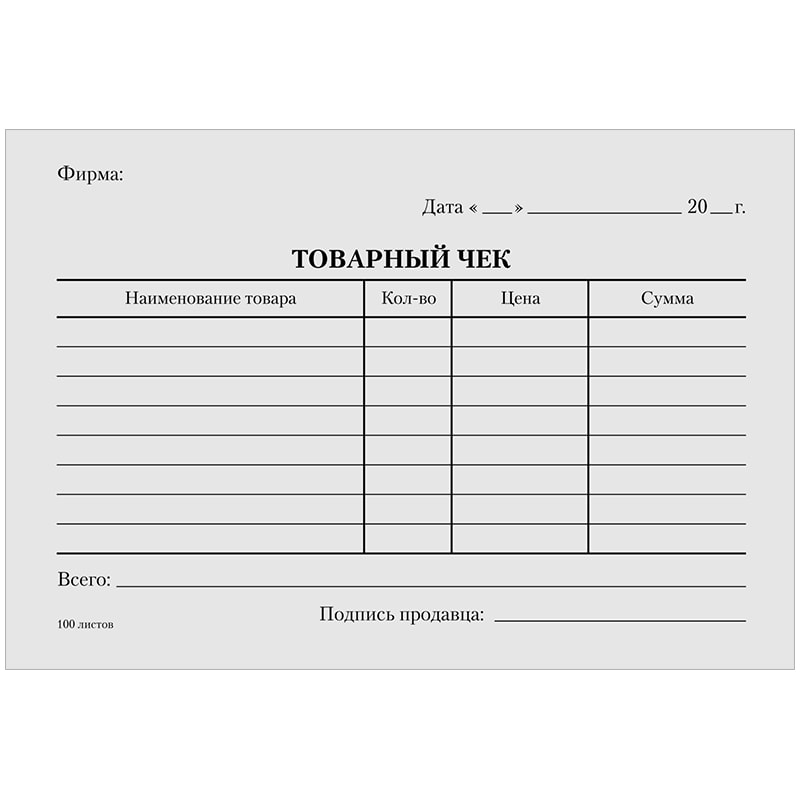Tovarnij Chek Blank Excel Ukraina

From Ukraine to Rio Carnival, the Week in Photos. Belief that the goddess of education, Saraswati, will help them excel in education. In Tovarnik, Croatia, near the Serbian border, a mother holds on to her child while waiting to board a train. Please check the links on the right to see the art work created by Mary Qian.
 Marcus Roberts very helpfully found a Yamaha C5 Grand and more recently, in 2014, when I needed to update my (smaller) teaching piano, I went back to Roberts Pianos and Marcus recommended a Kawai 4'11'' grand which, like the Yamaha, is proving to be a beautifully-toned and balanced instrument.
Marcus Roberts very helpfully found a Yamaha C5 Grand and more recently, in 2014, when I needed to update my (smaller) teaching piano, I went back to Roberts Pianos and Marcus recommended a Kawai 4'11'' grand which, like the Yamaha, is proving to be a beautifully-toned and balanced instrument.
There is more to ISBLANK than being able to check whether cells that appear blank actually are empty. Let us look at a more practical use of the function. Remember we mentioned the TRUE or FALSE values returned by ISBLANK can be very useful with an IF formula. We can apply this to a scenario where we want to determine schedule availability.

We will leverage the logic of an IF formula to return a custom output that we choose. If you are unfamiliar with the IF function, the syntax is simple and straigtforward. =IF(logical_test, [value_if_true], [value_if_false]) It tests some logical statement to be true or false. In contrast to ISBLANK, it allows us to dictate what condition we want to test. In our case, that test is our ISBLANK formula. For example, the first step to building our formula here will look something like this: =IF(ISBLANK(B4),[value_if_true],[value_if_false]) We simply place the ISBLANK formula in the logical_test argument of the IF formula. So, we are testing the cells in a column where names get placed in time slots on a student advising schedule.
If the cell already contains a name, we simply want the corresponding field in the Availability column to be blank. If a cell for a given time slot in the Name column is empty, we want the cell in Availability to say Open. All that remains to do is finish out the formula we began creating for testing cell B4: =IF(ISBLANKE(B4),”Open”,””) Once we copy our formula down, we get something that looks like the following figure.